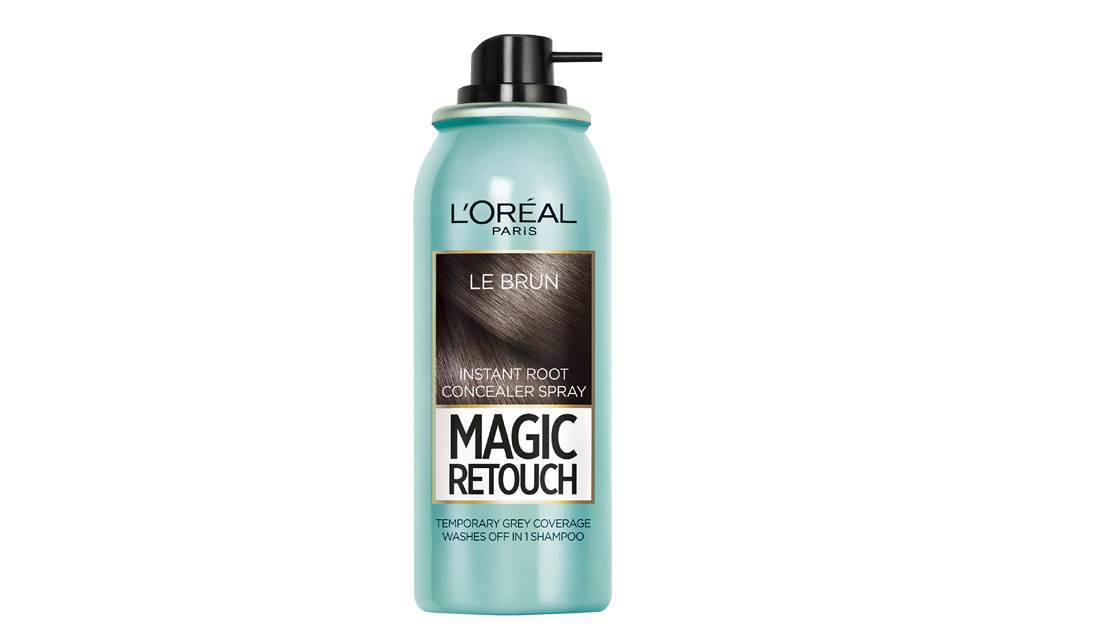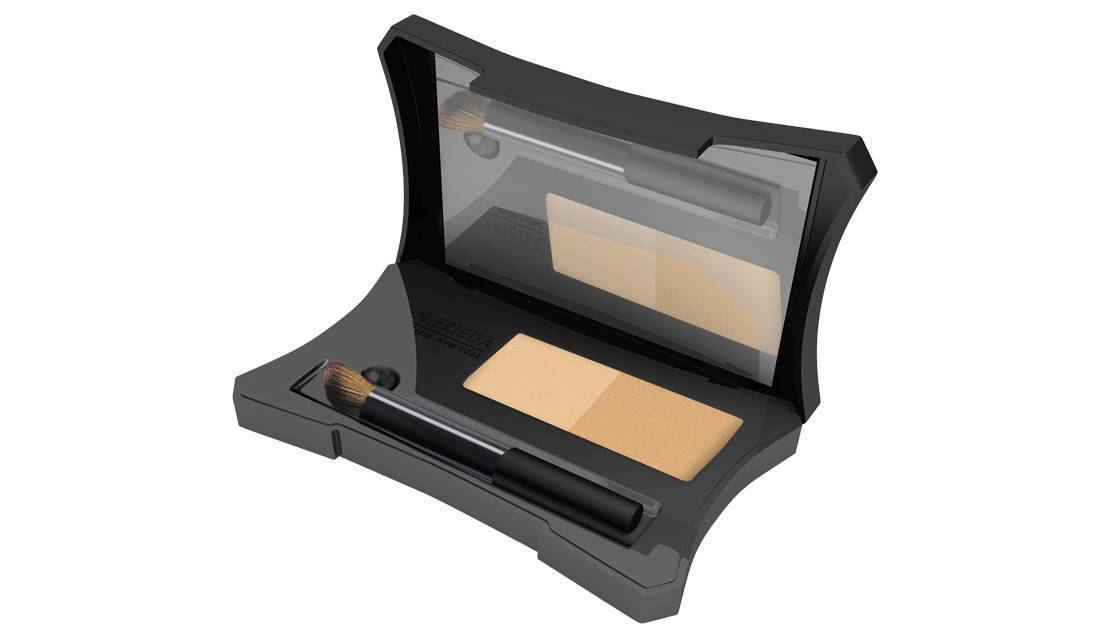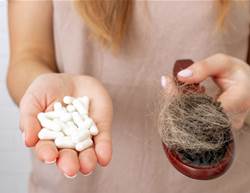While celebrities are embracing their grey hair and models are flaunting it on runways, many of us still prefer to keep our strands of grey hidden. A tint by a professional colourist is the best way to banish the unwanted sign of ageing (they can match your skin tone and use highlights to make colour appear perfectly natural). However, if you’re finding an ever-faster regrowth of white/grey, then unless you have your hairdresser on speed dial, you’ll need to come up with a solution for those weeks between salon visits. We get to the root of the grey conundrum.
"The process of going grey—which occurs as follicles stop producing melanin—is determined by DNA, not diet or other factors," says Dr David Bank. Although research on mice shows exercise may stave off the loss of hair pigment, while stress may speed up the process, these findings haven't been replicated in humans. So even though it seems as if every president goes grey after a few months in office, there's no proof (yet) that stress is the cause. Even the seemingly accelerated speed at which certain sections go grey (temples first for some, the crown area for others) and the exact shade of grey you get (white, charcoal, or any of the other variations) are genetically predetermined. "Your head has roughly 100,000 hair follicles, and each functions autonomously," Bank explains. "If one runs out of melanin, even if you pluck the resulting grey hair, there will be no impact on surrounding follicles—nor is your lifestyle likely to affect the colour."
(Want to pick up some healthier habits? Sign up for FREE to get healthy living tips, weight loss inspiration, slimming recipes and more delivered straight to your inbox!)





Brite Photo Ready Root Cover Pen
Ideal for an immediate fix for the short term. A quick and easy root cover pen, it covers greys instantly with an easy brush application, fading after two to five washes depending on your hair colour and type.
($19.99, briteorganix.com)
L’Oréal Paris Magic Retouch Instant Root Concealer Spray
Prevention make-up artist Lola Dennis says that you can get “pretty much 100 per cent grey coverage” with this spray. “The nozzle is super-sensitive so spray very lightly. Wash hair, then partially dry before spraying the product around hair line and partline, then finish drying.”
($15.95, Priceline)
Beauty Dust Root Cover Up
This is a clever concealer for grey hair. It’s a naturally pigmented mineral powder that takes seconds to apply by dabbing onto roots, and lasts until your next shampoo.
$39.95 (David Jones and beautydust.me)
John Frieda Root Blur
One of Dennis’s favourite powder applications, you’ll get temporary root cover-up that disguises grey regrowth. “They are an ideal fast fix,”
she says of powders.
($19.99, Priceline)
Clairol’s Nice’n Easy Root Touch-Up
Another pick from Dennis, this product is “So easy to use and takes just 10 minutes to process.
It gives 100 per cent grey coverage and can last up
to three weeks.”
($12.59, supermarkets, pharmacies and grocery stores)



.jpg&h=90&w=90&c=1&s=1)






